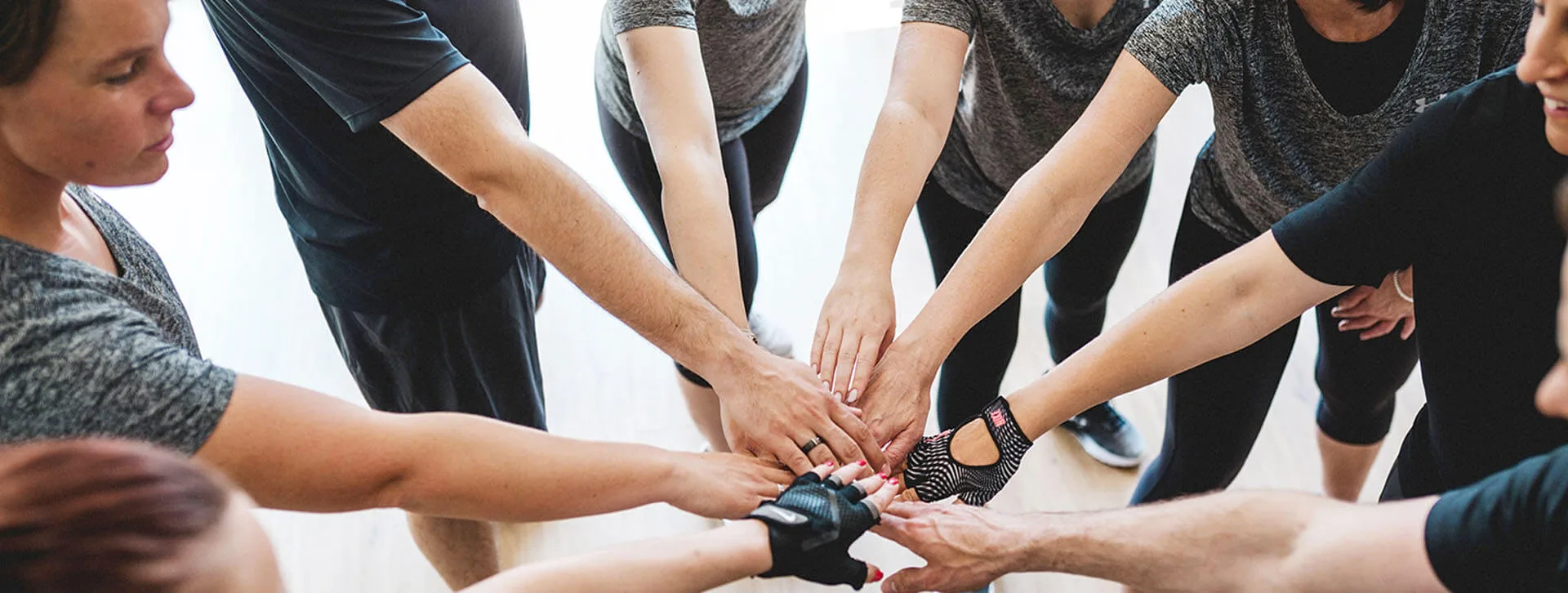Migraines – a Common Ailment That I Personally Suffered From
The Sonntagszeitung of 3.11.2019 wrote: “In Switzerland, an estimated one million people are affected by migraine”. As a former migraine victim, I always feel like “wow” when I read this number! Nevertheless, the number is probably not too high, as it is certainly more than 12.5% of our customers.
My “history of suffering” from migraine attacks was quite long. I can’t even remember exactly when it started, but it was early in my school years. This sudden blurred vision from one moment to the next. No sign of a headache yet, but I knew it would be 20-30 minutes before the pain would make me writhe and vomit. But to go home in this condition? Impossible. So I had to wait until I could see again. Of course, I always had the headache pill with me, well, almost always.
These migraines were my constant companion until a few years ago. They always came after stressful periods, often at the beginning of the holidays or at Christmas, and made me unable to do anything for 48 hours. In adulthood, the visual disturbances were compounded by articulation difficulties. Sometimes I could not find the words. Very unpleasant and probably hard to imagine for those who are not affected. I often felt that I wasn’t taken seriously. Many people think that a tablet is enough.
But the migraines have been completely gone for about 3-4 years now. And my stress hasn’t decreased. So what have I changed?
How important is genetics in migraine?
You often read and hear that migraines are somehow hereditary, as in the article quoted in the Sunday newspaper. I have no doubt about that. But this is an oversimplification.
At least since the discovery of epigenetics, it has been known that the environment and its influences can switch genes on and off. One of the ways this happens is through methyl groups. Methyl groups attach themselves to DNA, changing its structure and gene activity. When we understand how the methylation cycle occurs in the body, it becomes clear that diet and micronutrients are of particular importance. It is not surprising, therefore, that nutrient epigenetics now exists.

How our food and diets can cause micronutrient deficiencies
Laboratory experiments with mice have shown “that low-protein diets induce hypertension, dyslipidemia, and impaired glucose metabolism in the offspring, because DNA methylation and histone modifications penalize certain key genes, such as the glucocorticoid receptor and PPARalpha” (in: Nutri-Epigenetics: The connection between nutrition and genetics, 2016).
Doesn’t that impress you? It does impress me. How likely is it that a vegetarian or vegan eats a low-protein diet? But more about that in another blog post.
I have written a lot about healthy eating, here is a selection:
- Lose weight the healthy way – without crash dieting, starving yourself, or the yo-yo effect.
- This diet is guaranteed to help you reach your goal (GERMAN)
- How to easily calculate your daily energy needs (GERMAN)
Well, let’s assume that we eat a healthy and balanced diet to the best of our ability. At least that’s what I do. What if today’s food simply doesn’t contain enough micronutrients, especially considering our daily lives? Unfortunately, there is no denying that this is the case and I have written about this in this blog post on the subject of supplements. Then the only option left is to take these micronutrients in the form of supplements.
What are the best supplements for migraine prevention?
Something I changed a few years ago with a lot of skepticism is my opinion and use of supplements. It is hard to imagine a greater advocate of natural foods. But what is “natural” these days? Zinc is added to water, vitamin D or iron to various foods, and more protein to dairy products – not to mention flavors and preservatives. So is it really bad to take magnesium?
Research shows that there are 3 supplements that may help with migraines:
- Magnesium
- B vitamins, especially B2
- CoQ10
This article is not intended to go into detail about biochemical processes. You can read more about that in the sources I cited or in this article on optimizing metabolism.
I will just say this: without B vitamins, almost no enzymes function in our body.
The same goes for magnesium, which is involved in over 3000 processes in our body, including binding to GABAreceptors. GABA “calms” our system.
CoQ10 is an antioxidant. It is needed in the mitochondria in the electron transport chain as a cofactor for electron transfer.
It is important to note that Personalworkout has no experience with CoQ10 supplementation and migraines.
Almost all customers effectively take magnesium, not only for cramps and migraines. By the way, if you think of a migraine in the broadest sense as a cramp, and magnesium generally helps to calm the body, it makes a lot of sense to list it as the number one anti-migraine supplement.
The necessity and importance of B vitamins is obvious to me. However, they should be taken in the most natural way possible. If for some reason this is not possible, I recommend supplementing with beef liver.
The often forgotten remedy for migraines: strength training
Many (migraine) readers have probably tried one or another supplement – without success. Of course, the question of quality and dosage has to be addressed, as there are big differences. Nevertheless, I think that taking magnesium alone would not have been the solution for me either. At the same time, I began to improve my posture through strength training and other habits.
For years, massage helped me the most because I knew that tension and high muscle tone were the main causes of my migraines. But it was just symptom relief, like so much of what we do.
If you really want to change something, you have to look at yourself and your habits and change them. Sitting for hours on end with poor posture leads to “shortened” hip flexors and hamstrings, while at the same time weakening the gluteal and abdominal muscles. This all leads to the “upper crossed syndrome” that I wrote about in the article on back pain (GERMAN). This in turn leads to more tension in the neck muscles, the meninges, and ultimately migraine attacks. A vicious cycle. My osteopath keeps telling me how impressed he is with the transformation of my posture and the muscles in my back. From “round and hard as concrete” to “upright with flexible vertebrae that move”.
What are the best exercises to prevent migraines?
The best exercise recommendation for everyday life is “standing instead of sitting”. The cost of buying a standing desk is a small price to pay for solving the problem. Of course, you also need to stand correctly, which I also explain in the article.
In addition to good posture while standing and sitting, it is especially helpful to strengthen the back muscles, which are always weaker than the front chain, such as the chest. Too many everyday movements require internal rotation and encourage this poor posture. Things like slings and posture trainers are all well and good, and can help in the beginning – but it’s the same story with fallen arches and flat feet: they don’t solve the problem in the long run.
YOU have to solve the problem and do something about it. Strengthen your shoulder and back muscles with exercises like Rows, Towel Rows, and Face Pulls! This selection of exercises comes from our 90-Day Home Challenges. Of course, we also work these muscles at our gym in Baar with dumbbells, disks and cable pulleys.
SUMMARY
In conclusion: The cited Sunday newspaper also states:
“Hardly any prophylaxis succeeds in making migraines disappear completely”.
I succeeded. I hope this article helps you too. Otherwise, Personalworkout is the right place for you. We offer everything from massage to Fit in Office and strength training.
SOURCES
- https://americanmigrainefoundation.org/resource-library/nutraceuticals-for-migraine-treatment/
- Wenn das Hirn im roten Bereich dreht – Sonntagszeitung vom 3.11.2019
- www.rosenfluh.ch/ernaehrungsmedizin-2016-03/nutri-epigenetik-der-zusammenhang-zwischen-ernaehrung-und-genetik
- https://www.vitaminb12.de/methylierung-zyklus/
Challenge of the Month
What Clients Say





















